János Hölbling (Hans Hölbling) was born in 1660 and came to Buda from Bavaria (Germany) after the siege of 1686. He became a Buda Bricklayer and Stone Carving Guild member in 1696, and a year later, he also received the Buda civil rights. Buda, which had been recaptured from the Ottomans, began to be rebuilt at this time, so the master builder had plenty of work to do. He worked on the renovation of Rudas (then called a hot bath), built shops and butcher's shop in the Castle and Víziváros, and even paved the road at the Bécsi and Fehérvári gates.
In 1688, the new city council received two plots from the royal chamber for a town hall on today's Szentháromság Street. The ruined buildings that stood here at the end of the 17th century were repaired under the direction of the imperial master Venerio Ceresola, and Hölbling was involved in the construction. After the most necessary works were carried out, construction continued between 1702 and 1710, when the shape of the building, which can still be seen today, and the ornate corner balcony was created. The bricklayer work was carried out by János Hölbling, who by then had become the guild master of the Buda Bricklayer and Stone Carving Guild.
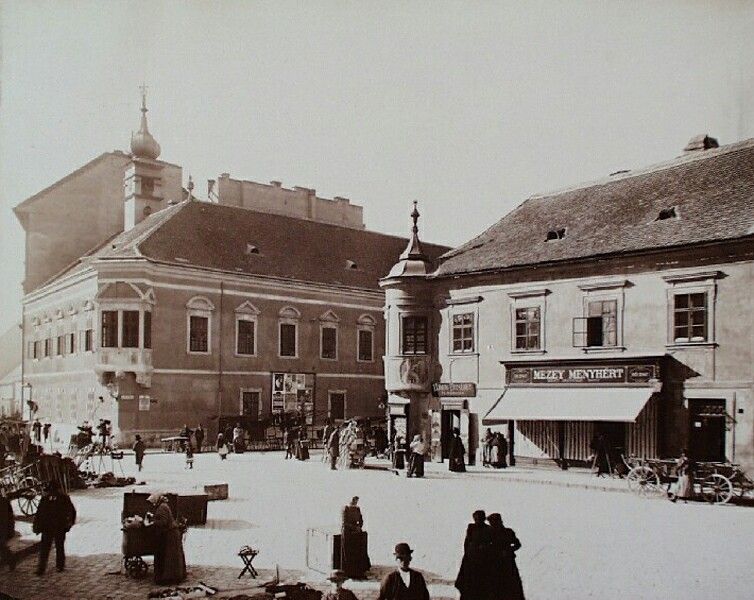
Holy Trinity Square with the Buda Town Hall in the 1890s, photographed by Antal Weinwurm (Source: BTM Kiscell Museum Picture Gallery)
Hölbling also built a chapel at the Buda Town Hall in 1714, where the relic of the Holy Cross brought from Pozsony (today's Bratislava, Slovakia) to Buda and the foot relic of Saint John the Almsgiver were preserved. This was when the small bell tower above the chapel was built. The former Town Hall building was completely renovated between 2014 and 2018, as Pestbuda previously reported in detail.
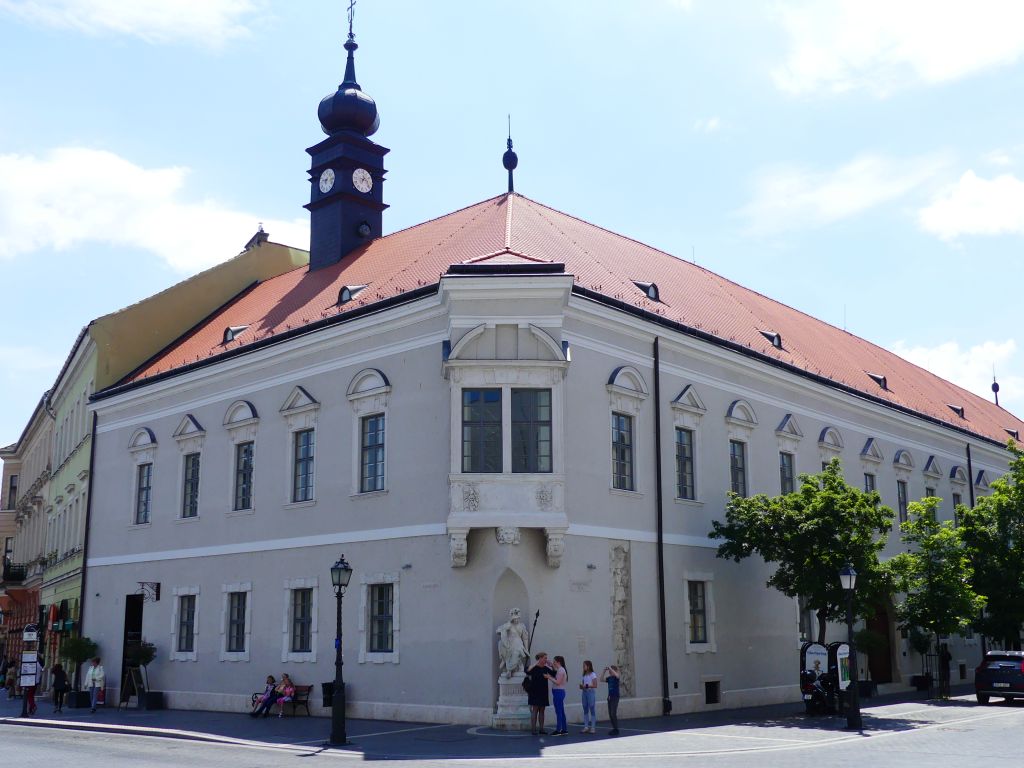
The building of the former Buda Town Hall was renovated nowadays, between 2014-2018 (Photo: Lívia Blázsovics/pestbuda.hu)
At this time, Buda had to deal not only with reconstruction but also with the plague. The Council of Buda decided to erect a Holy Trinity Column in 1694, the foundation stone of which was laid in 1700, but the statue - the work of architect Venerio Ceresola and stonemason Bernát Ferretti - was not completed until 1706. Pestbuda reported the reasons for the delay in a previous article. Hölbling built four smaller pedestals for the side figures.
A few years later, another plague devastated Buda, so in 1710, the magistrate ordered a larger, more imposing statue to be made to atone for the powers above. The surviving column has been moved to the suburb of Újlak. Today it stands on Zsigmond Square in the 2nd District. The sculptor Fülöp Ungleich was commissioned to create the new Holy Trinity Column, and Antal Hörger was commissioned to carve the reliefs and coats of arms. The works were supervised by János Hölbling. This is what Hörger patterned on one of the reliefs: the builder guided the construction with a protractor. The Baroque statue was inaugurated on 11 June 1713 and has been renovated several times over the past 300 years.
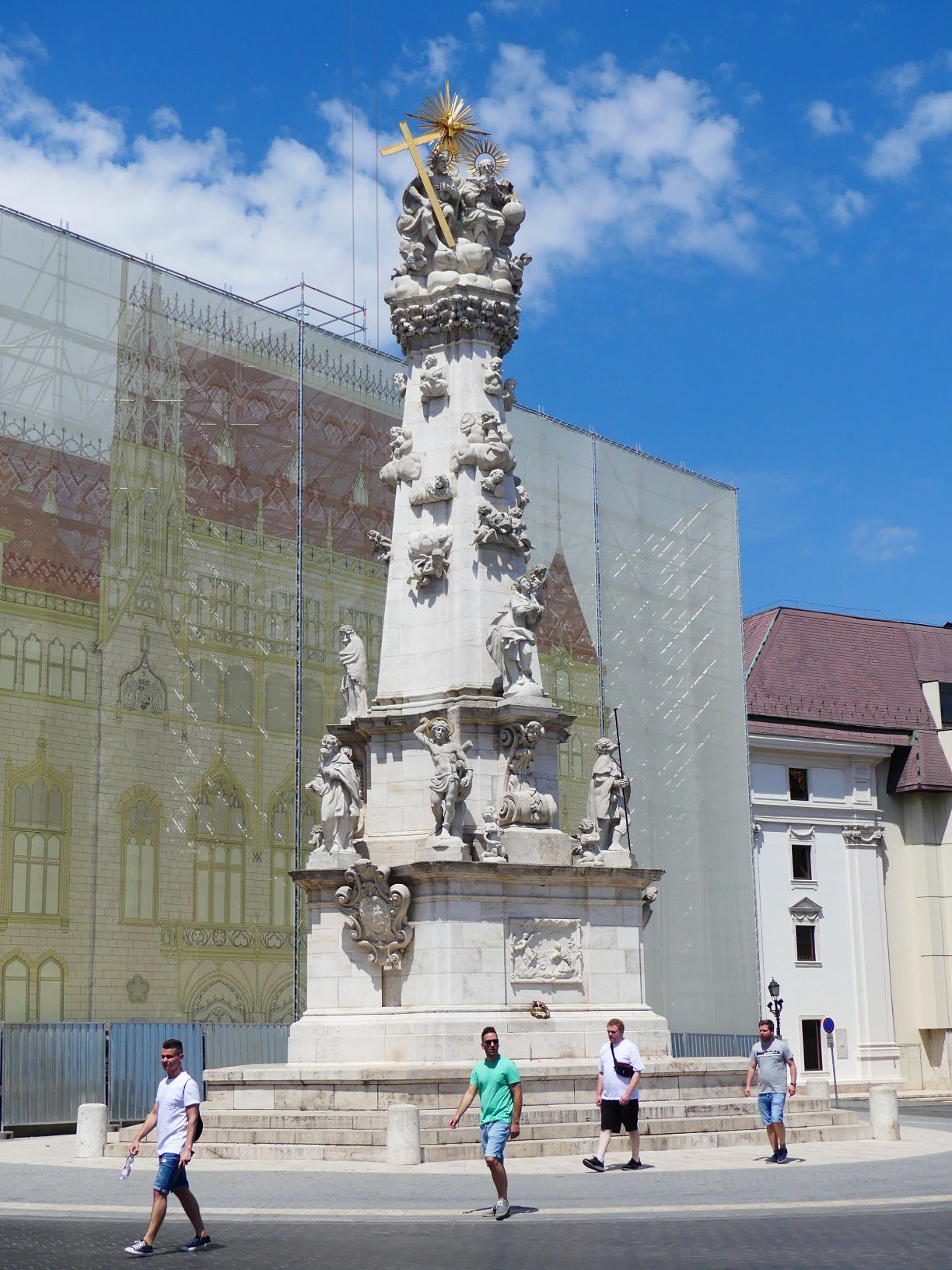 The Holy Trinity Column in the Buda Castle, behind it the renovation of the former Ministry of Finance building is taking place (Photo: Lívia Blázsovics/pestbuda.hu)
The Holy Trinity Column in the Buda Castle, behind it the renovation of the former Ministry of Finance building is taking place (Photo: Lívia Blázsovics/pestbuda.hu)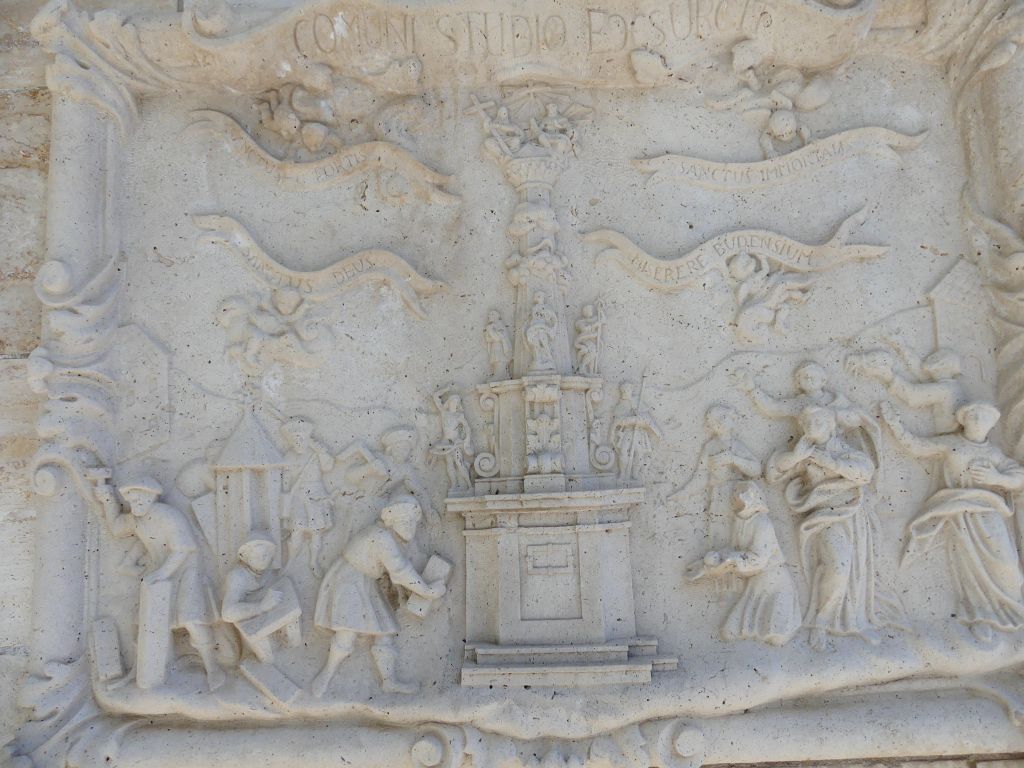
Relief on the Holy Trinity Column by Antal Hörger. The figure on the left side of the column with a protractor shows János Hölbling, a master builder from Buda (Photo: Lívia Blázsovics/pestbuda.hu)
In the meantime, restoration work was underway in Buda. In 1714, the council of war commissioned Hölbling to assess the ruined Royal Palace's condition in Buda and draw up reconstruction plans. These were accepted, so in 1715, the restoration began on this basis, but in 1716, the Viennese chamber engineer Fortunato da Prati drew up a new plan. Unfortunately, traces of the smaller-scale construction started by Hölbling have not survived.
Hölbling also worked in Pest, including the former Glöckelsberg Palace. He also took part in constructing the Invalidus House in Pest (today's Budapest City Hall in the 9th District, Városház Street 9-11.). This institution was established to provide care for those disabled in the fighting against the Turks. Hölbling made drawings in which he proposed the selection of the plot. It was later revealed that the site chosen by him was too expensive, so the site selection of the already mentioned Fortunato da Prati was adopted. Hölbling drew new plans for the new site, but the council of war eventually decided to implement Prati's plan here as well. Nevertheless, Hölbling and Prati laid the foundation stone of the Invalidus House together on 2 August 1716, and then Hölbling led the foundation work.
The diligent but already ageing master-builder of Buda took part in many other constructions in Buda and the countryside in the following years and then died at 76 on 6 June 1736, 285 years ago. His memory is preserved in the relief of the Holy Trinity Column and the novel of the Catholic priest Gyula Zaymus. The description of the age entitled Master János was published in 1939 and shows the times after the liberation of Buda. The title character of the work is the former builder of the Buda Town Hall.
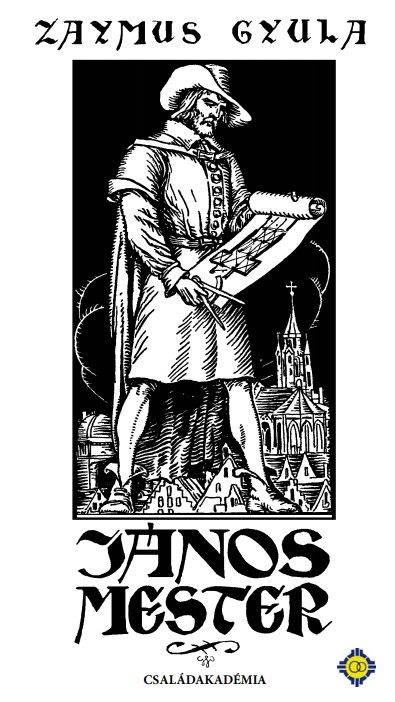
The novel, Master János, written by Gyula Zaymus, a Catholic priest and writer, was published by the St. Stephen's Society in 1939, and in 2012, by the Family Academy-Óbudavár Association (Családakadémia-Óbudavár Egyesület).
Cover photo: The building of the former Buda City Hall. The corner balcony was built by János Hölbling (Photo: Balázs Both/pestbuda.hu)

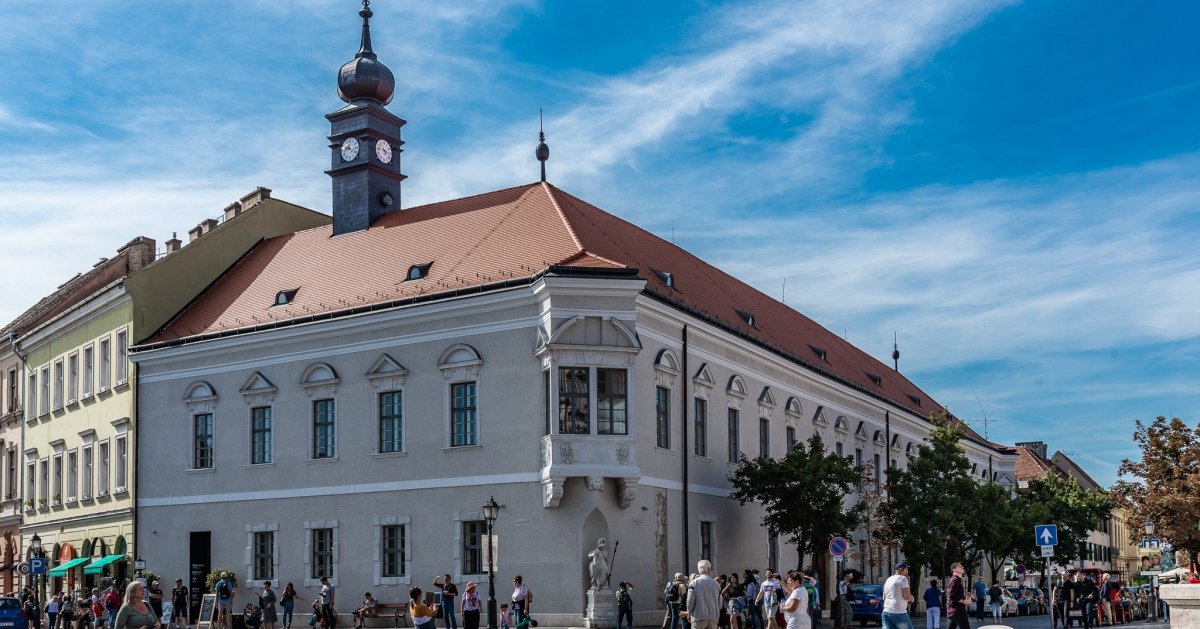



































Hozzászólások
Log in or register to comment!
Login Registration